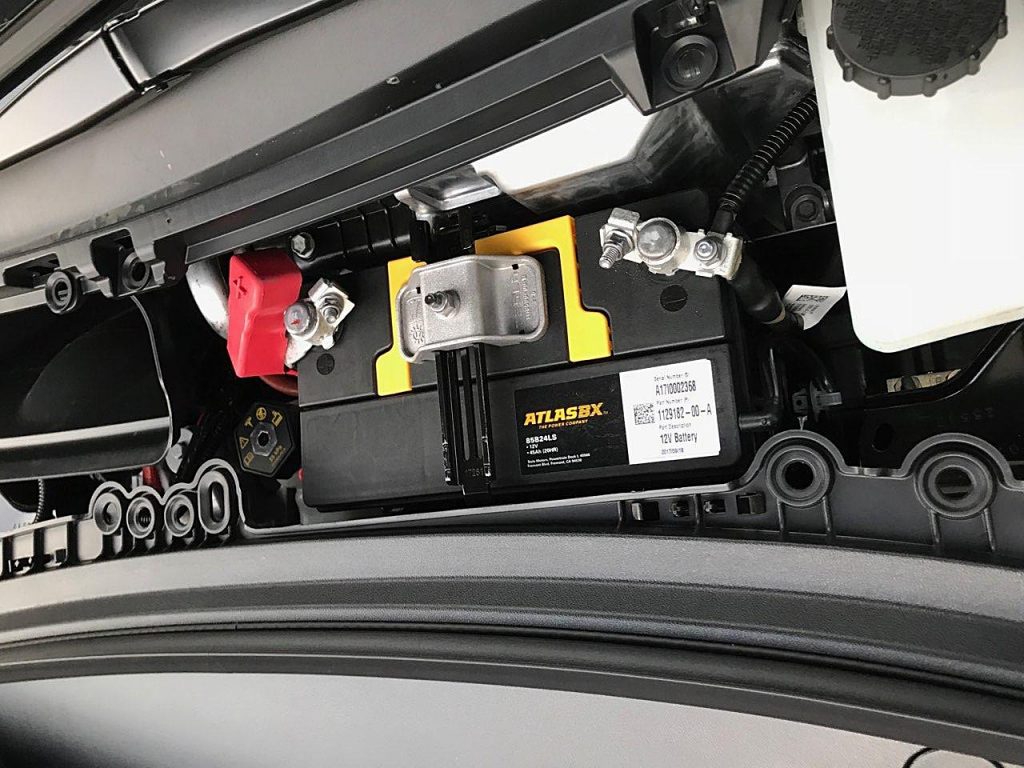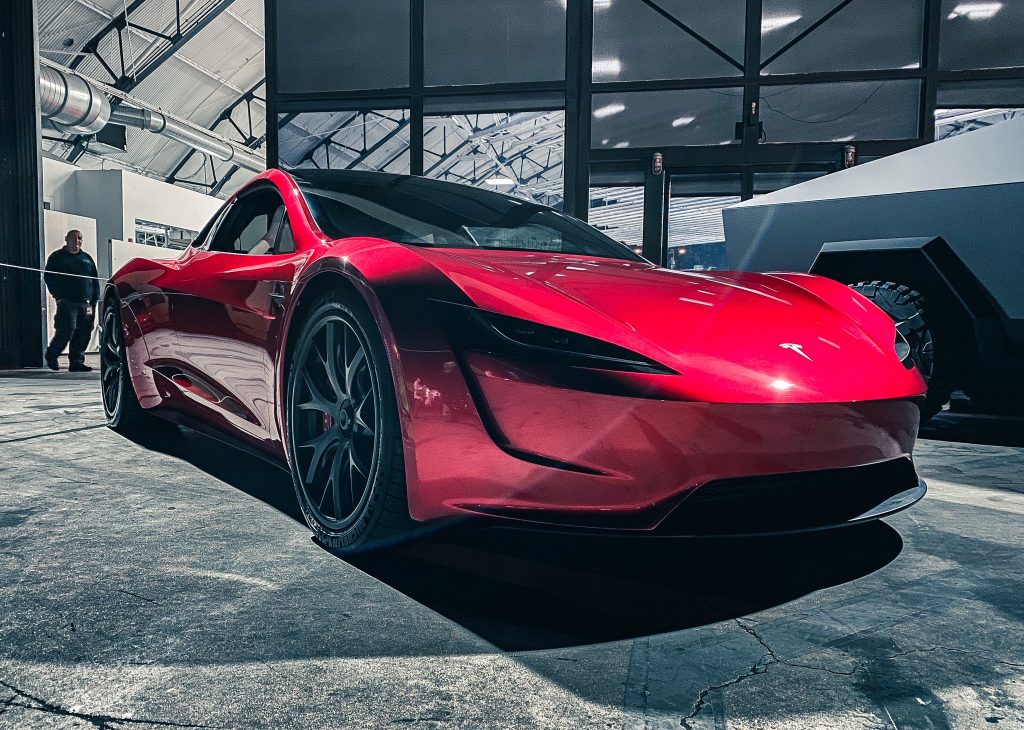When Tesla acquired Maxwell technologies, the electric vehicle community was appropriately excited. Maxwell, after all, works on projects such as dry battery electrode tech and supercapacitors, both of which are believed to hold a lot of potential in the emerging electric vehicle sector. But as the countdown to the highly-anticipated Battery Day draws near, speculations suggest that Tesla acquired Maxwell mainly due to the company’s dry battery electrode tech, not its supercapacitors. Yet according to Andrey Shigaev, CEO of Geyser Batteries, supercapacitors still hold some potential uses for Tesla’s electric cars.
In a brief interview with Teslarati, Shigaev, whose company is developing batteries that use aqueous (water-based) electrolytes, noted that while supercapacitors will likely not be involved in Tesla’s million-mile battery project, there are already a lot of local tasks in an electric vehicle that could benefit from the use of supercapacitors. Among these is smart air suspension, a feature that is currently used in the Model S and X and is expected for upcoming vehicles like the Cybertruck. But beyond this, the Geyser Batteries CEO mentioned that supercapacitors could also be utilized as a superior alternative to the 12V battery that Tesla uses for its vehicles today.
“The more stuff gets electrified, the more power you need to perform tasks. The most classical thing (that could benefit from supercapacitors) and the number one item for Tesla is the 12V battery. Supercapacitors can handle this task. If you have a high energy battery onboard, then this secondary circuit could be powered by a supercapacitor that is very efficient. It will even have an extremely long life cycle. Supercapacitors are lighter too, saving weight. And they tend to be smaller than a lead-acid battery,” Shigaev said.

(adsbygoogle = window.adsbygoogle || []).push({});
Interestingly enough, the earliest versions of the original Tesla Roadster didn’t use a 12V battery. Instead, the company used a portion of the Roadster’s main lithium-ion battery pack to supply 12V for the vehicles’ accessories and lights. This did not prove ideal, however, and in 2010, Tesla switched to using a 12V battery for the Roadster 2.0. It should be noted that the 12V battery, which has been adopted in every vehicle since the Roadster 2.0, is used to keep systems such as emergency blinkers, airbags, seatbelt pre-tensioners, the MCU, and other functions operational even when a car’s main battery pack is compromised.
Being one of the few parts of the car that is still based on conventional automotive tech, the 12V battery in a Tesla tends to last only a few years. As noted by Tesla Tap, the 12V battery in a brand new Tesla could last about 3-4 years, but this could be reduced to as little as 1-2 years if the vehicle is driven frequently. This could cause annoyances among Tesla owners, especially since the 12V battery’s health could not be actively observed in the vehicle’s systems yet. Social media posts about 12V batteries in Teslas giving out are numerous, with some owners noting that it is the one aspect of the Tesla ownership experience that is still mildly infuriating.
With this in mind, the use of supercapacitors in place of the 12V battery could be pretty in-character for Tesla. Nevertheless, the Geyser CEO explained that using supercapacitors in place of the 12V battery would present some challenges as well. Among these is cost, since supercapacitors are notably more expensive than standard 12V lead-acid batteries. Yet despite this, the advantages they bring could justify their use, especially among flagship vehicles like the next-generation Roadster and the Plaid Model S and Model X.
 Next-gen Tesla Roadster and Cybertruck at Hawthorne Design Center, 2019 Tesla Holiday Party (Credit: giftedkick_/Instagram)
Next-gen Tesla Roadster and Cybertruck at Hawthorne Design Center, 2019 Tesla Holiday Party (Credit: giftedkick_/Instagram)
“Supercapacitors have a main caveat. There are three drawbacks. First and foremost is energy density, which is ten times lower than lead-acid battery. Second is their price since currently, their price is astronomically larger. The third is discharge. If you leave it alone for almost one month, it would discharge completely. However, if you have an electric car and there’s a high energy battery in the car like a lithium-ion battery, that would be the power source for the vehicle,” Shigaev noted.
Other industry experts have suggested uses for Maxwell’s supercapacitors in Tesla’s electric cars in the past. Auto veteran and Munro & Associates Sr. Associate Mark Ellis previously noted that apart from dry electrode tech, Tesla could tap into Maxwell’s supercapacitors to improve its vehicles’ battery management systems.
“One of the issues with the battery is, when I step on the throttle hard, I’m pulling a lot of energy from the battery. And then, when I brake hard, I’m pulling a lot of energy out of the regen, but the batteries can’t take it fast enough. The batteries get really stressed when you try to pull it up too much, so if I had supercapacitors that I could use as a cushion; so when I need energy quickly, (I can) pull it from the supercapacitors and then fill the supercapacitors back up with the battery slowly; and then when I brake, I can capture more of that regen energy and do the supercapacitors faster. I think that just makes logical sense, because now all of a sudden I’ve got a sponge in front of my main energy source and I’m not stressing (the battery) so much,” Ellis said.
The post Tesla can solve an annoying part of its cars’ ownership experience with Maxwell’s supercapacitors appeared first on TESLARATI.
Article Source and Credit teslarati.com https://www.teslarati.com/tesla-maxwell-supercapacitors-solves-annoying-12v-battery-issues/ Buy Tickets for every event – Sports, Concerts, Festivals and more buytickets.com

Leave a Reply
You must be logged in to post a comment.